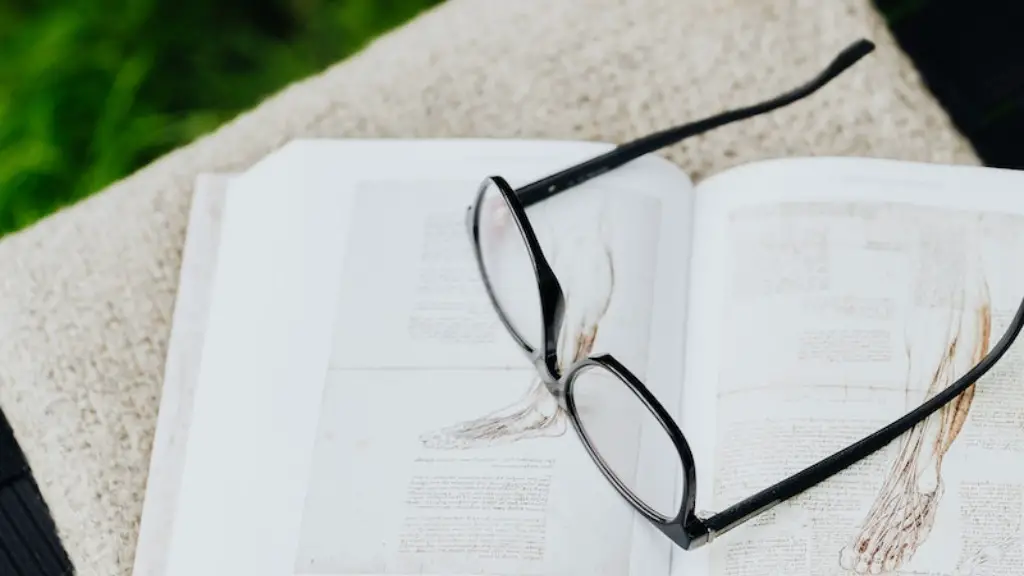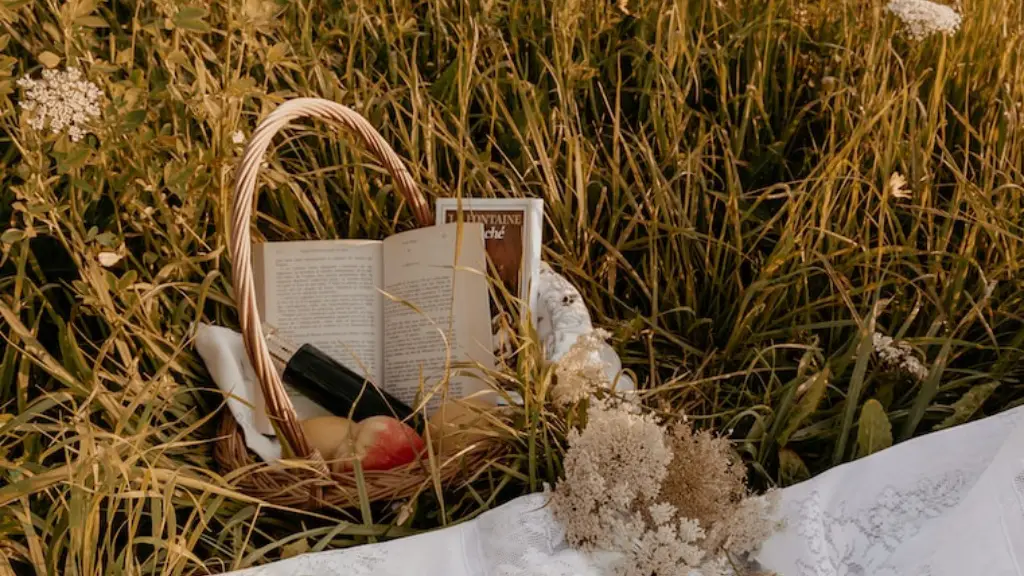What is Hypertext Poetry
Hypertext poetry is a literary form in which words, images, and hyperlinks are used to create a narrative structure. Hypertext poetry is similar to other poetic forms such as sonnets and haiku in that it uses a specific language and structure to create a meaningful piece of art. However, unlike other forms of poetry, hypertext poetry has no set lines or stanzas and instead relies on the reader to choose their own journey through the words, images, and hyperlinks within the poem. As a result, each reader’s experience will be different, allowing them to form their own interpretation of the poem.
Hypertext poetry can be seen as an extension of concrete poetry, which uses typographical formatting to emphasize the meaning behind the words. In this way, hypertext poetry takes the same approach but extends it by incorporating hyperlinks and imagery to provide further context and meaning.
A good example of this is the poem “spacegirl blues” by Jim Andrews. The poem uses the idea of space travel as a metaphor for life’s journey and relies on images, text, and hyperlinks to shape the narrative. As the reader moves through the poem, they are presented with images, short phrases, and sound clips that are used to build up the story.
Another example of hypertext poetry is the work of digital artist and poet, Mary Carter. Her work often takes the form of interactive installations, focusing on the idea of transformation. The digital format allows her to explore not only the physical transformation of the materials, but also the emotional transformation of her readers as they interact with her work.
Hypertext Poetry as an Artistic Expression
Hypertext poetry is an artistic expression which allows writers to create unique and powerful pieces of art. It gives the writer the freedom to use the digital medium to explore their work, using sound and image to add depth and texture to their writing. Through the use of hyperlinks, the writer is able to take the reader on a journey, allowing them to explore their own interpretation of the poem.
What sets hypertext poetry apart from other forms of poetry is its ability to embrace both visual and performing arts, adding another layer of meaning to the words. Through the use of sound and image, the reader is able to explore the poem in a much more interactive way, adding to the overall experience.
The digital format also allows the writer to create pieces which transcend physical boundaries, allowing a global audience to access and share the poem. Through their work, they are able to share their thoughts and feelings, reach a wider audience, and open up conversations about topics that may not always be welcome in the physical world.
Benefits and Potential Issues
When writing hypertext poetry, there are a number of benefits and potential issues that could occur. For example, the author can use images, sound and hyperlinks to create a very detailed and interactive piece. This can give the reader a much more vivid experience as they explore the poem.
However, this level of interaction can also have its pitfalls. Without careful consideration and planning, a reader may become confused or disoriented, not understanding the narrative structure due to the level of detail. This could lead to the reader losing interest in the poem, not connecting with what is being said.
Another potential issue with hypertext poetry is that it can distract the reader from the narrative, as they become more focused on the images, sound and hyperlinks. This could lead to the reader missing nuances within the poem, not fully understanding the meanings behind the words.
Finally, a writer must be careful with the use of language. Hypertext poetry is a new form that relies heavily on the use of images, sound, and hyperlinks to express a message. This must be done in a way that does not overwhelm or confuse the reader, as it can detract from the overall experience.
Essential Writing Tips
For those who want to write their own hypertext poem, there are some essential tips to keep in mind. Firstly, it’s important to plan and structure the poem carefully. Make sure each sentence has a purpose and add links, images, and soundclips that supplement and enhance the narrative.
Secondly, be mindful of how the poem will be interpreted. Remember that each reader’s experience will be different and make sure the poem doesn’t depend on one specific interpretation.
Thirdly, use language that is concise and clear. Hypertext poems can often contain huge amounts of information which can be overwhelming for the reader. By using simple and direct language, you can ensure the reader stays engaged and interested.
Finally, be aware of the various technologies that can be used in your writing. By exploiting the digital medium, a writer can create truly unique pieces of poetry which can stand out amongst other forms.
The Future of Hypertext Poetry
As the digital world continues to expand, so does the potential for hypertext poetry. With the recent advancements in technology, writers have more opportunities to explore their creativity and create truly innovative pieces of art.
Through the use of mixed media, writers can use sound, images, and videos to add additional layers of meaning to their work. This allows readers to experience the poem in ways that weren’t possible before.
Hypertext poetry has also found a new home on the internet. Social media and other platforms allow writers to reach a global audience and open up conversations about their work. This gives the writer a chance to connect with like-minded people and share their stories.
Finally, the potential of virtual reality makes hypertext poetry all the more exciting. Through the use of virtual worlds, writers can create immersive experiences that completely transport the reader into their narrative.
Moving from the Digital to the Physical
As technology continues to advance, so does the potential for hypertext poetry. Through the use of 3D printing and other technologies, writers can create physical pieces of art based on their work. Books, posters, sculptures, and other objects can all be produced in a variety of materials, allowing readers to explore the poem in ways they couldn’t before.
Furthermore, physical prints of hypertext poetry can be used as a form of expression in galleries or other artistic venues. Not only does this provide the writer with a wider range of opportunities to share their work, but it also allows them to start conversations about the poem.
Conclusion
Hypertext poetry is an exciting and unique form of literature which combines the traditional elements of poetry with new technologies. Through the use of sound, images, and hyperlinks, writers can create powerful and moving pieces of art. Furthermore, by exploring the potential of the digital world, writers can reach a global audience and open up conversations about their work. As hypertext poetry continues to grow and evolve, the possibilities are endless.

